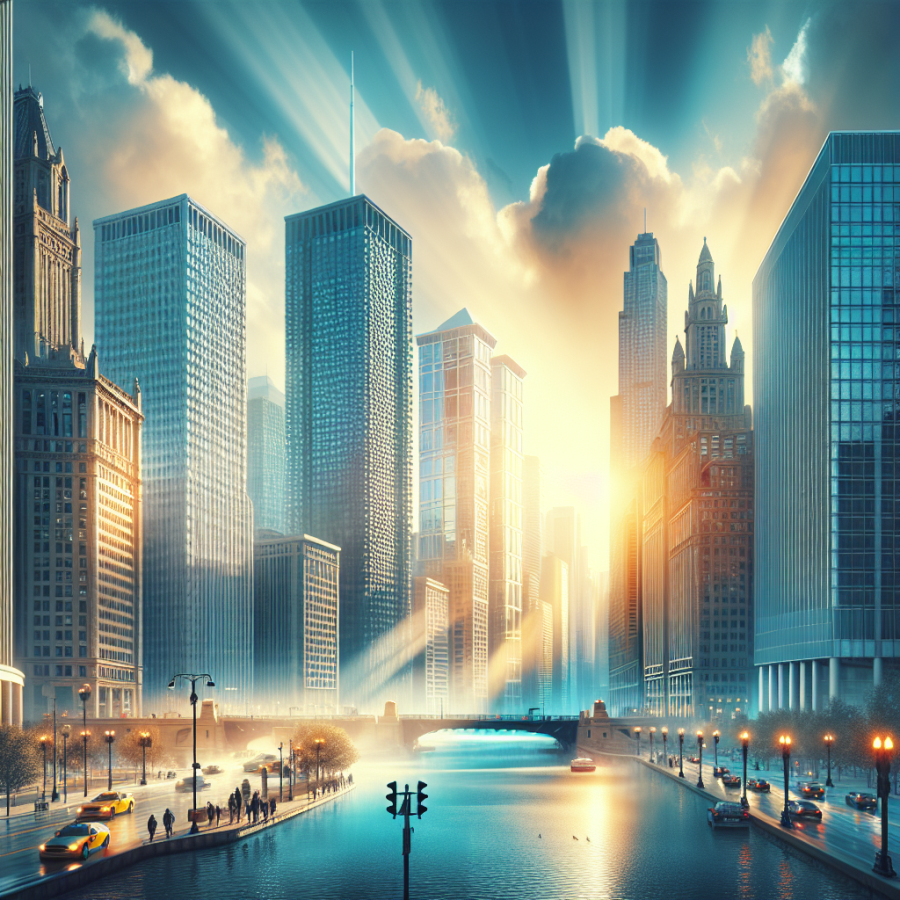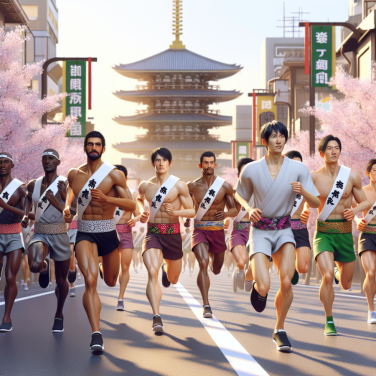As we delve into the multifaceted allure of the Windy City, let's explore some of the captivating elements that make Chicago a must-visit destination, revealing its unique charm and vibrancy.
**Architecture and Skyline Wonders**
Chicago is renowned worldwide for its incredible skyline and architectural marvels, from the neo-Gothic Tribune Tower to the sleek Willis Tower. A river cruise along the Chicago River offers an opportunity to witness the city's architectural splendor and understand why the city is often hailed as the birthplace of the skyscraper. Highlights include the art deco stylings of the Carbide & Carbon Building and the innovative designs of Aqua Tower. For enthusiasts and casual admirers alike, the Chicago Architecture Center provides deep dives into the stories behind the city's magnificent structures.
**Cultural Tapestry and Museums**
The city's cultural landscape is as diverse as its populace. The Art Institute of Chicago boasts an impressive collection that spans centuries and continents, highlighting works from Monet to Warhol. Meanwhile, the Museum of Science and Industry provides a hands-on experience for science aficionados. Delve into history at The Field Museum, or explore the stars at the Adler Planetarium. Don't miss the chance to immerse in Chicago's rich musical history, from jazz to blues, at venues like The Green Mill, which echo with tunes that have shaped America's musical heritage.
**Culinary Delights and Dining Scene**
Chicago's food scene is as dynamic as its neighborhoods, from the famed deep-dish pizza to the diverse culinary experiences in areas like West Loop's Restaurant Row. Taste your way through the city's Michelin-starred restaurants, hip eateries, and historic diners. Be sure not to overlook the city's street food offerings, with food trucks and local vendors providing quick and delicious bites representing cuisines from around the world. Whether you're in the mood for a five-course meal or a simple Chicago-style hot dog, the city's bounty is sure to delight your taste buds.
**Lush Parks and Outdoor Activities**
Chicago's green spaces offer a tranquil escape from the urban hustle. The expansive Millennium Park is home to the iconic Cloud Gate sculpture, affectionately known as "The Bean," and the Frank Gehry-designed Jay Pritzker Pavilion. Nearby, Grant Park hosts festivals and events, while the Lincoln Park Conservatory is a haven for plant lovers.
Read also:
Taste the Rainbow: The Colorful World of Skittles
Exploring the Architectural Wonders of Chicago's Skyline
Chicago, affectionately dubbed the Windy City, stands as a testament to human ingenuity and the marvels of architecture that can arise from it. Its skyline, a stunning mélange of soaring skyscrapers and innovative designs, serves as a historical ledger of architectural evolution and a canvas for some of the world's most renowned architects. Within the city's dynamic urbanscape, buildings such as the Willis Tower, once known as the Sears Tower, stretch towards the heavens, a titan among giants, and an emblem of both the city's ambitions and achievements.
The significance of Chicago's architectural prowess can be traced back to the aftermath of the Great Chicago Fire of 1871. The city's reconstruction ignited a revolution in urban design and building technologies, leading to what has been considered the birth of the modern skyscraper. The Home Insurance Building, erected in 1885 and now demolished, is often hailed as the first to use a steel-frame construction, ushering in the age of the skyscraper.
As we delve into the intricacies of Chicago's skyline, we cannot overlook the influence of the Chicago School of Architecture. This movement, featuring legends like Louis Sullivan and Dankmar Adler, championed the use of steel frames, large plate-glass window areas, and the ethos that form follows function. The relics of this era, including the Sullivan Center, formerly known as the Carson Pirie Scott Building, continue to stand as architectural icons that meld aesthetics with practicality.
The famed architect Frank Lloyd Wright, a son of the Midwestern landscape, also left an indelible mark on Chicago. His Robie House, residing in the tranquil neighborhood of Hyde Park, is an embodiment of the Prairie School movement, which Wright pioneered. The horizontal lines, overhanging eaves, and the integration with the surrounding environment highlight his philosophy of organic architecture—a style meant to harmonize structures with their natural settings.
Navigating toward more contemporary additions, we encounter the celebrated John Hancock Center, now known as 875 North Michigan Avenue. With its distinctive X-bracing exterior, this building challenged traditional structural designs and remains a key element of the skyline. Its innovative trussed-tube system, developed by engineer Fazlur Rahman Khan, revolutionized the way skyscrapers resisted wind forces, a vital consideration in a place like Chicago.
Savoring the Rich Tapestry of Cultures in Chicago's Neighborhoods
Chicago, affectionately dubbed the Windy City, is a bustling metropolis that is as diverse as it is captivating. Beyond the towering skyscrapers and the gleam of Lake Michigan, Chicago’s true allure lies in its mosaic of neighborhoods, each offering a unique slice of cultural experiences. A journey through these enclaves is not merely a walk or a drive, but a sensory escape into the varied tapestries of tradition, history, and humanity that thrive within the city limits.
In the northern parts of the city, Andersonville beckons with its distinct Swedish heritage. Once a hub for Chicago's Swedish population, this neighborhood continues to celebrate its roots with charming shops, bakeries, and the annual Midsommarfest, which transforms the streets into a festive Scandinavian celebration. Delight in traditional Swedish fare, such as meatballs and lingonberry jam, or indulge in a cinnamon roll from a local bakery as you peruse shops brimming with Nordic wares.
To the south, Pilsen emerges as a vibrant center of Mexican culture. Murals as colorful as the community’s spirit adorn building facades, narrating stories of Latin American history and life. Stroll through the neighborhood and savor authentic Mexican cuisine at family-owned taquerias or visit the National Museum of Mexican Art, a repository of cultural treasures that offers free admission year-round. Pilsen’s vivid depiction of its cultural identity is a proud testament to Chicago’s diverse urban fabric.
Further on the South Side, Bronzeville – once known as the "Black Metropolis" – overlays its rich African American heritage. Jazz clubs, historical landmarks, and soul food eateries trace the lineage of a community that was the crucible for much of the Great Migration’s cultural influence. Landmarks like the Chicago Defender building and the former homes of luminaries such as Louis Armstrong and Ida B. Wells serve as reminders of the neighborhood’s significance in African American history.
Turning towards the West Side, one discovers Little Italy and Greektown, each narrating tales of immigrants who shaped Chicago’s cultural landscape. Little Italy's aroma of simmering marinara sauce and freshly baked bread wafts from the doorways of trattorias, while in Greektown, succulent gyros and honey-soaked baklava seduce the taste buds.




